The announcement by Diageo of the development of land at its landmark St James's Gate site heralds one of the largest regeneration projects of the city in recent years. Prior to the recession Diageo had planned to sell part of the 10 acres, and the area has now been earmarked for a mixture of residential and commercial use.
A concentric series of circles spreading from O'Connell Street would reveal this area as the next logical location for comprehensive regeneration. Smithfield, Dublin Docklands and Stoneybatter, for instance, have all been transformed from areas in decline in the last century to hipster city locations, and property prices in these areas reflect this.
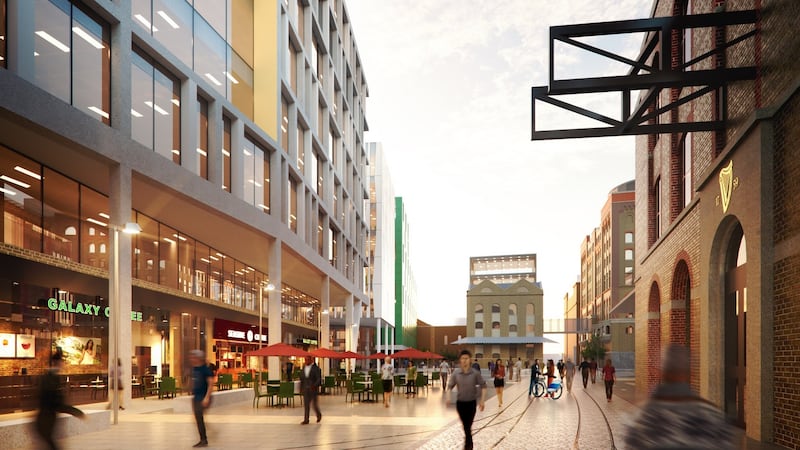
Set within the Liberties, St James's Gate is one of the city's most dynamic and historic districts and Fáilte Ireland has promoted the area via the Dublinia project. St James's Gate was previously an archway marking an old entrance to the city, and St James's Church is still a stopping point on the Camino pilgrim trail.
Gate Theatre publicist Christine Monk, an Australian, has lived in the area since 2005 and says “ the smell of hops is part of life here, we have found a huge community spirit and feel really secure – I can be anywhere in town within a 20-minute walk”.
Price differential
Eunan Doherty of DNG cites a €100,000 price differential between properties in this location and others a half a mile out of the city, adding: “As an investor I would be excited by the potential for capital appreciation of any property I owned in this area, and as a homeowner I would be excited by the constant improvements being made to the area.”
What's available to buy?
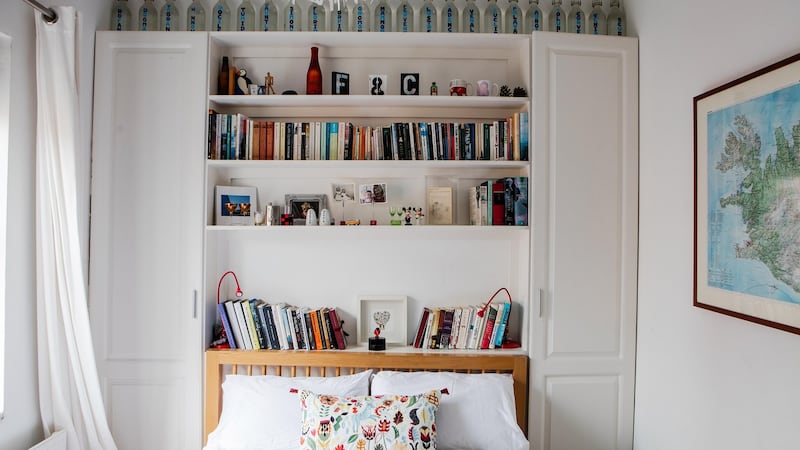
€295,000, 5 James Avenue, Dublin 8 Agent: DNG
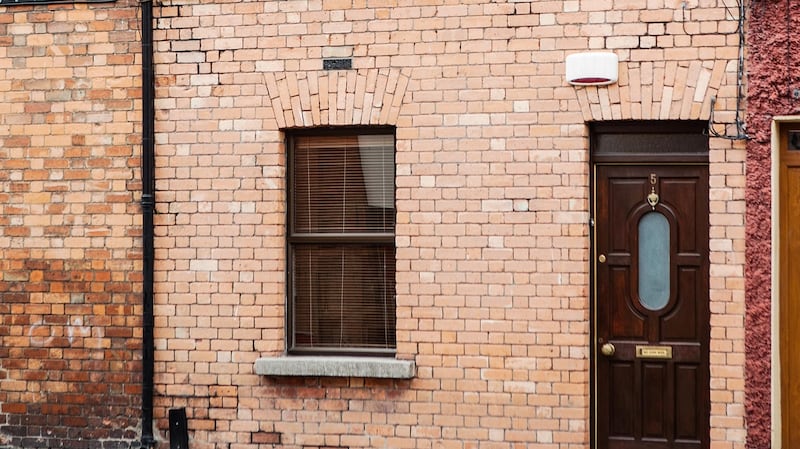
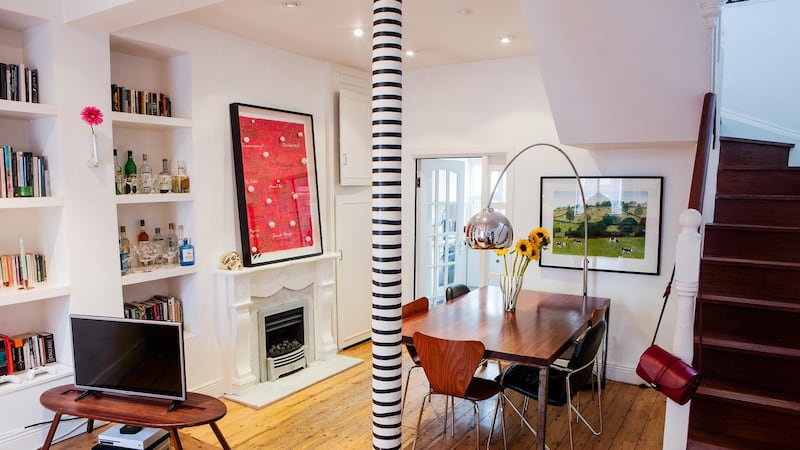
There is a plethora of tiny side streets with old cottages in Dublin 8. Eugene Street and Fingal Street are prime examples, and while in 2012 and 2013 these properties could be snapped up for between €40,000 and €50,000, prices have steadily increased, but it is still possible to pick up a rundown cottage for around €150,000, and have a home close to the city.
A bonus with these properties is that by digging down into the subfloor it’s possible to gain an upstairs. However, it is all subject to planning, but there are some precedents for same.
While security is often a deterring factor for buyers in the area, there have been vigorous attempts to address social problems locally in the past 20 years.
Number 5 James Avenue sits alongside the original Guinness factory, and was constructed as accommodation for factory workers in the 1890s. Home to Christine Monk and artist Fergal McCarthy and their son, it was bought by the couple in 2004 in a dilapidated condition. Over the years they insulated, refurbished and extended the property, which now stands at 71sq m.
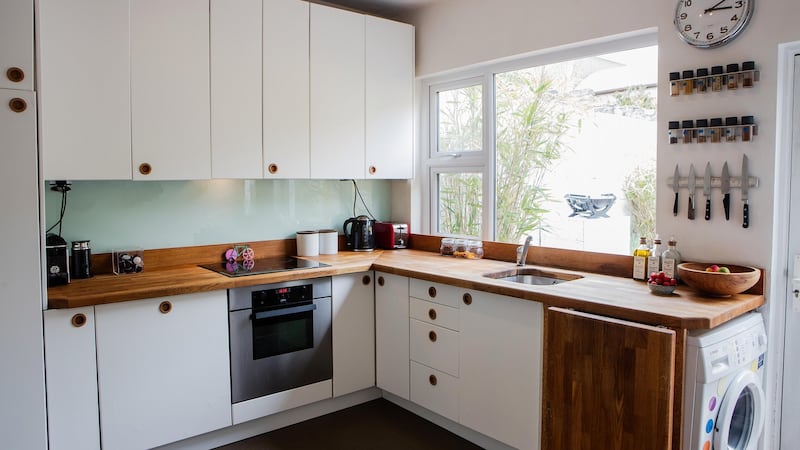
Terry Murphy, who designed Coppinger Row restaurant, created the small but practical kitchen, which ties in well with the simple white theme of the interiors – giving the illusion of greater space, while also reflecting light throughout the house.
The ground floor is open plan, consisting of a dining-cum-living area with the kitchen set to the rear. From here there’s a small city courtyard garden where the couple entertain in summer. Its layout, with decking, requires little maintenance, while it also features a custom built treehouse with trap door.
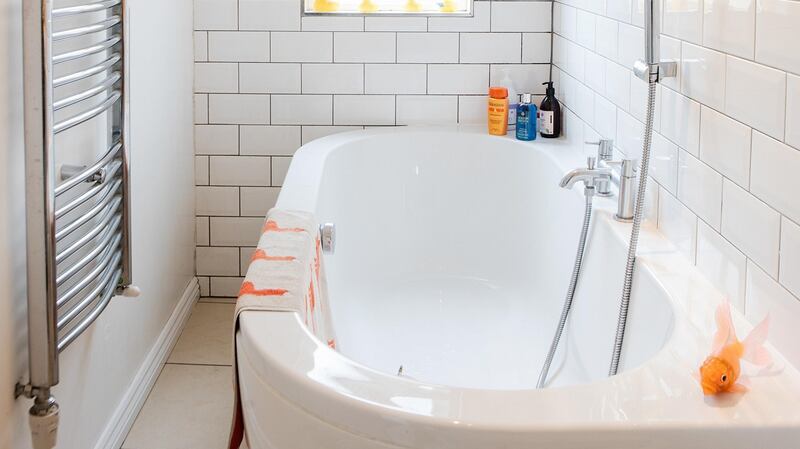
The property has two bedrooms upstairs, and the attic was converted, which Monk now uses as a home office. One of the final tasks completed was the removal of pebbledash to expose the original brickwork.
Luas and bus stops are a three-minute walk, and O’Connell Street is a 15-minute stroll. There are two Dublin Bike stations close to the house.Monk and McCarthy are moving to Dublin 7 – where their son attends school.
The property, in turnkey condition, is on the market through DNG with an asking price of €295,000.
€175,000, 19 Mallin Ave, Dublin 8. Agent: iMove
In need of refurbishment, the attraction here is the scope to extend into the rear garden, which runs to 29sq m, and parts of a disused lane to the rear have been amalgamated into neighbours' gardens after negotiation with Dublin City Council, so this is also a possibility. A spend of €100,000 and the eye of a good architect would totally transform this property.
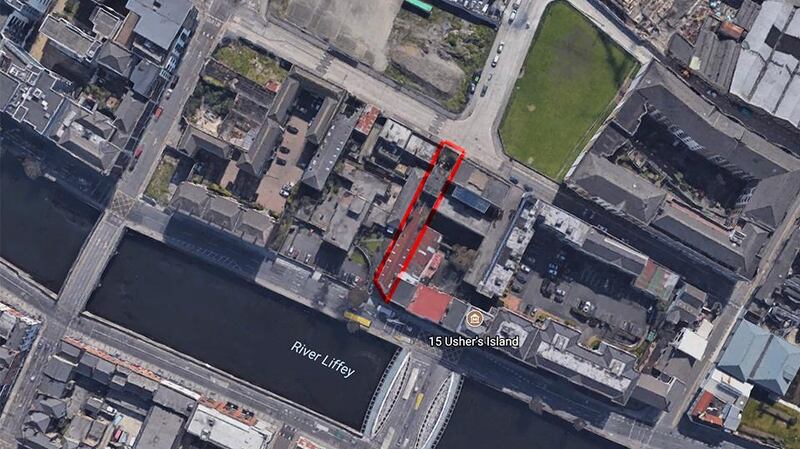
€675,000, 10 Ushers Island, 32 Island Street, Dublin 8. Agent: Murphy Mullan
For a more speculative investor, this site has full planning for nine two-bed apartments overlooking the Liffey, and a decision on permission for a 10th apartment is due in coming weeks.
The future
The Diageo project dovetails well with the National Planning Framework, a draft of which was published last week. The Ireland 2040 Our Plan document envisions an extra population of 250,000 for Dublin and its suburbs – where 50 per cent of development must go on infill sites within the urban centre.
Considering the vast area of vacant land owned by Guinness, it would appear this project will fall within the Smart Urban Development Fund outlined in the document.
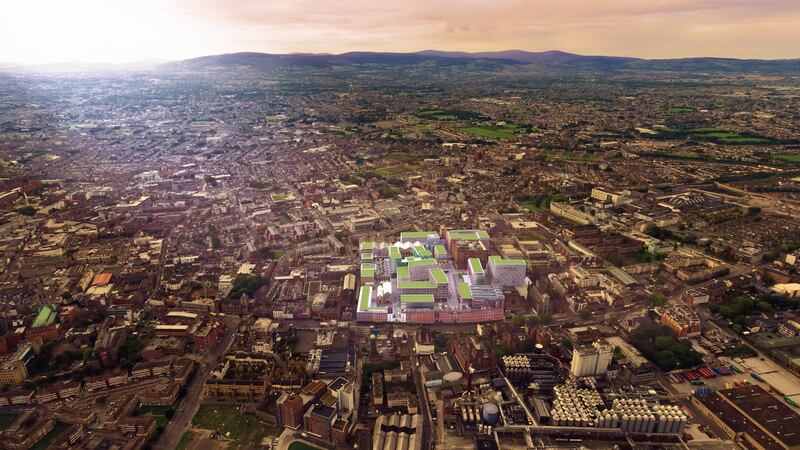
For anyone considering buying in the area, the City Living Initiative administered by Dublin County Council – the aim of which is to encourage people to live in historic districts – offers tax incentives for both owner-occupiers and developers for the renovation of properties which pre-date 1915. Details are available on dublincity.ie
What is exciting about the regeneration of this area, in addition to the wealth of historical interest, are the type of properties which will be transformed, including old vat houses, cooperages and brew houses – the fabric of which will only add to the area’s cultural diversity.











